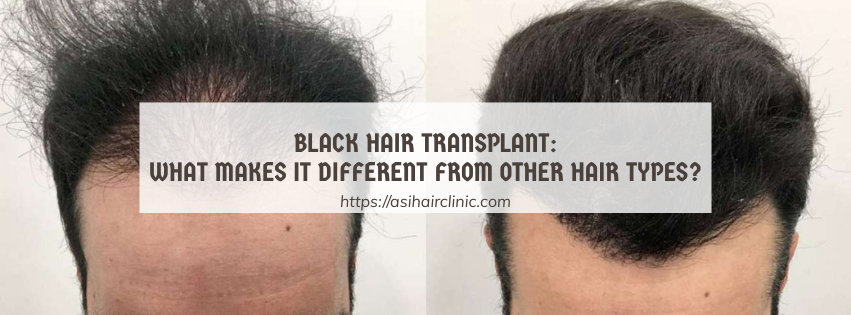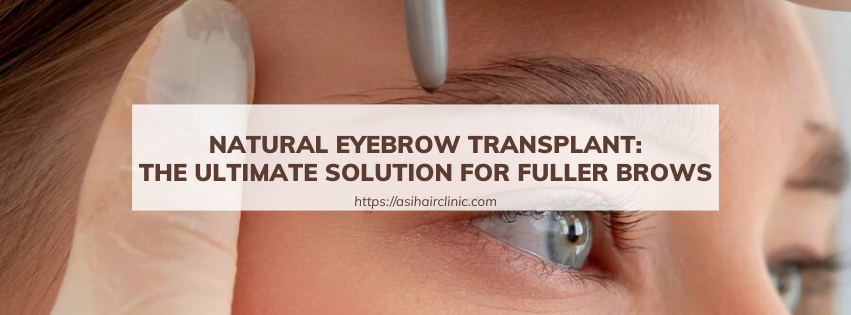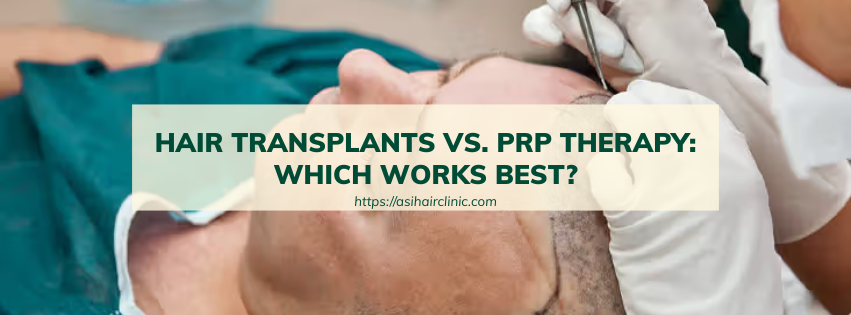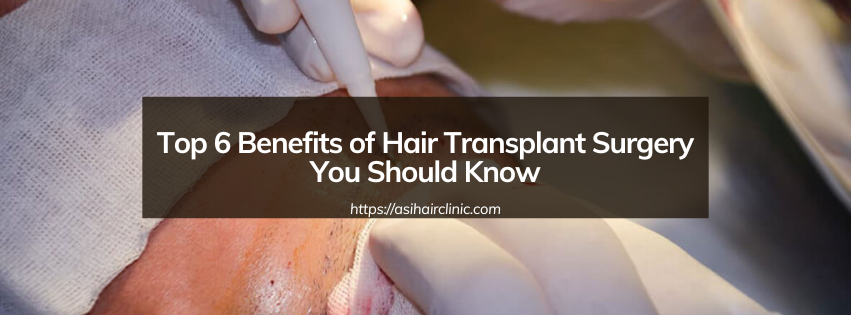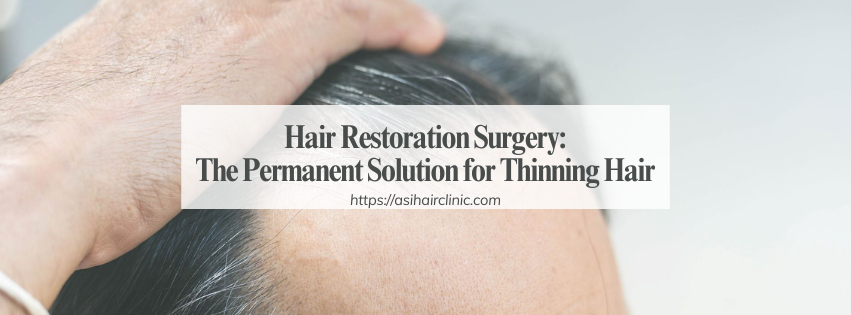Female Hair Transplant: Everything You Need to Know
Female Hair Transplant is a procedure that has gained significant recognition over the years as a solution for women experiencing hair loss. It’s not just about aesthetics; it encompasses an individual's self-esteem and overall mental well-being. This article aims to delve deeply into every aspect of female hair transplantation, providing insights into the process, benefits, considerations, and much more.
1. Understanding Female Hair Loss
Understanding the causes and types of hair loss in women is crucial before discussing Female Hair Transplant procedures. Hair loss in females can be complex, often leading to emotional distress and a decline in confidence.
1.1. Causes of Female Hair Loss
Hair loss in women can stem from various underlying factors. These factors can be broadly categorized into genetic, hormonal, and environmental influences.
Genetic predisposition plays a significant role in female hair loss, with conditions like androgenetic alopecia being common. This hereditary condition leads to thinning hair primarily at the crown and temples and can begin as early as teenage years.
Hormonal changes also significantly impact hair health. Conditions such as pregnancy, menopause, and thyroid disorders can lead to temporary or even permanent hair loss. Women may experience hair thinning during pregnancy due to hormonal fluctuations, while menopause often brings enduring changes.
Environmental factors, including stress, poor nutrition, and certain medical conditions, can exacerbate hair loss. Stressful situations may trigger telogen effluvium, where hair follicles enter a resting phase leading to noticeable shedding.
1.2. Types of Female Hair Loss
To fully grasp the implications of Female Hair Transplant, one must first recognize the different types of hair loss experienced by women. The most prevalent forms include:
- Androgenetic Alopecia: Characterized by gradual thinning, this inherited condition often presents as widening part lines or a thinning crown.
- Telogen Effluvium: This temporary condition occurs after physical or emotional stress and results in substantial hair shedding.
- Alopecia Areata: An autoimmune disorder causing sudden hair loss in patches, giving rise to bald spots on the scalp.
Understanding these types helps patients identify their specific condition and decide whether a hair transplant is a suitable option.
1.3. Psychological Impact of Hair Loss
The psychological ramifications of hair loss are profound, particularly among women. Society often places a high value on hair as a symbol of beauty, youth, and femininity. Consequently, hair loss can lead to feelings of inadequacy, anxiety, and social withdrawal.
Women experiencing hair loss often report low self-esteem, depression, and negative body image. Many feel compelled to alter their hairstyles, use wigs, or explore cosmetic solutions, which might offer a temporary fix but fail to address the underlying issue.
1.4. Consultation with a Specialist
Before considering Female Hair Transplant, a comprehensive consultation with a specialist is essential. During this evaluation, patients discuss their concerns, medical history, and desired outcomes. Specialists may conduct a thorough examination of the scalp and recommend testing to determine the cause of hair loss.
This stage is crucial because it allows for personalized treatment plans that address the unique needs of each patient.
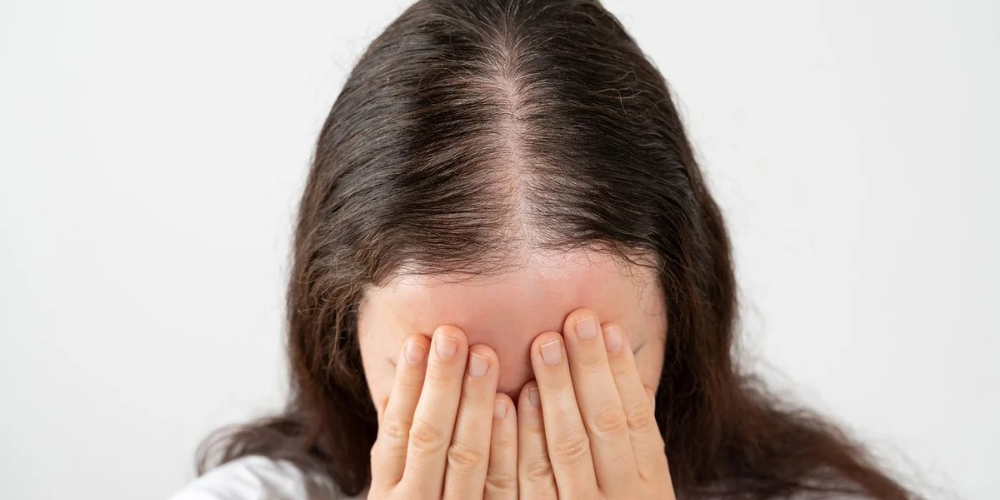
2. The Female Hair Transplant Procedure
Understanding the procedure behind Female Hair Transplant is vital for anyone considering this option. It typically involves two main techniques: Follicular Unit Extraction (FUE) and Follicular Unit Transplantation (FUT).
2.1. Follicular Unit Extraction (FUE)
FUE has emerged as a popular choice among women seeking hair restoration through transplantation. It involves extracting hair follicles individually from donor areas and implanting them in thinning or bald regions.
The allure of FUE lies in its minimally invasive nature. The procedure usually requires local anesthesia, allowing patients to remain awake while their hair follicles are harvested. The precision and care involved in FUE yield natural-looking results, blending seamlessly with existing hair.
One of the significant advantages of FUE is its shorter recovery time compared to other methods. Patients can often return to normal activities within a few days, making it a convenient option for those with busy lifestyles. Moreover, the absence of linear scarring is highly desirable among women, who prefer to wear their hair long without visible scars.
2.2. Follicular Unit Transplantation (FUT)
In contrast, FUT, or strip harvesting, involves removing a strip of skin from the donor area, typically the back of the head. This method enables the surgeon to extract numerous follicular units from one strip and is often recommended for patients requiring a larger number of grafts.
While FUT can be effective, it does leave a linear scar, which may not be ideal for all women. However, it tends to be more cost-effective than FUE and can provide great results if performed by a skilled surgeon.
Regardless of the technique chosen, both FUE and FUT require careful planning and artistry to ensure that the hairline appears natural and aesthetically pleasing.
2.3. Recovery After the Procedure
Post-operative care is a critical component of the Female Hair Transplant journey. Following the procedure, patients receive detailed instructions regarding wound care, medication, and follow-up appointments.
Patients may experience mild discomfort, swelling, or redness at the donor and recipient sites. These side effects usually subside within a week. Proper aftercare, including keeping the scalp clean and avoiding sun exposure, is essential in promoting healing and optimizing results.
Many women wonder when they will see results after a hair transplant. It's important to note that transplanted hair typically falls out within several weeks, only to regrow gradually over the following months. Full results may take up to a year to materialize, which requires patience and trust in the process.
2.4. Success Rates and Expectations
Understanding the success rates of Female Hair Transplant is vital before committing to the procedure. Generally, the success rate is influenced by factors such as the technique used, the skill of the surgeon, and the patient's response to the treatment.
The majority of women experience satisfactory results post-transplant, where hair density improves significantly, boosting self-confidence and enhancing overall quality of life. However, it's essential to have realistic expectations. Not all individuals achieve the same level of hair restoration, and some may need additional procedures to attain their desired look.
Additionally, ongoing hair loss unrelated to the transplant may necessitate further interventions down the line. Consulting with a reputable specialist helps to set achievable goals and assess long-term hair maintenance strategies.
3. Preparing for Your Female Hair Transplant
Preparation is key when considering a Female Hair Transplant. Several aspects play a role in ensuring a successful outcome, from selecting the right clinic to understanding the pre-operative process.
3.1. Choosing the Right Clinic
Selecting the right clinic is arguably one of the most critical steps in the hair transplant journey. A reputable clinic should have qualified specialists, advanced technology, and positive reviews.
Prospective patients should conduct thorough research, seek recommendations, and schedule consultations to gauge the clinic's environment and staff professionalism. Trusting your instincts is essential, as a comfortable atmosphere fosters open communication.
During consultations, inquire about the surgeon's qualifications and past experiences with female patients. Reviewing before-and-after galleries can also provide insight into the potential outcomes for similar cases.
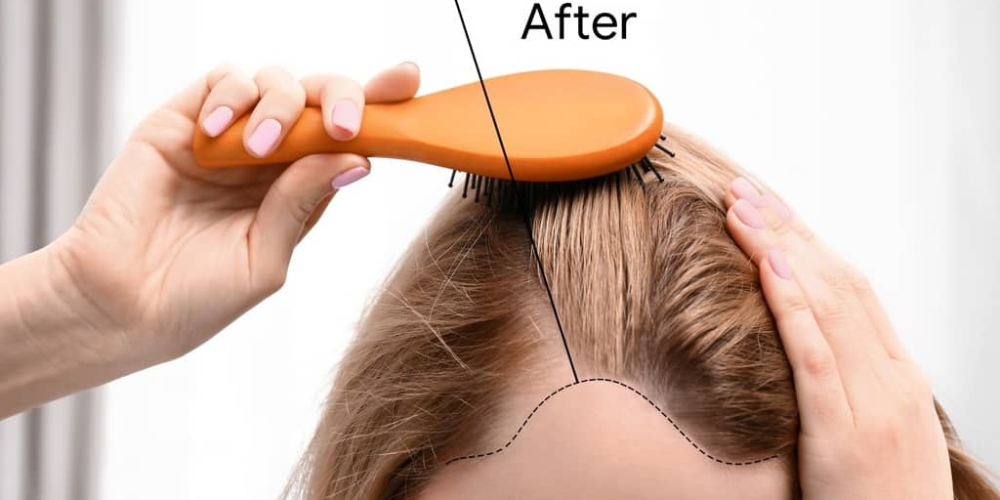
3.2. Pre-Operative Instructions
Once you've selected a clinic, the next step is adhering to pre-operative instructions. Patients may be advised to avoid blood-thinning medications, alcohol, and smoking in the weeks leading up to the procedure. These precautions help reduce the risk of complications during surgery.
Keeping a healthy diet and staying hydrated can also support the body’s healing process. Some clinics may suggest supplements that promote hair health, although it’s always wise to consult with your doctor before starting any new regimen.
3.3. Mental Preparation
Preparing mentally for the surgery is just as important as the physical aspects. A hair transplant can be an emotional journey, and having a strong support system is valuable. Engaging with friends, family, or online communities can help alleviate anxiety and provide reassurance.
Take time to mentally visualize the potential results. Consider maintaining a journal detailing your thoughts and emotions throughout the process. This reflection can assist in managing expectations and addressing any concerns as they arise.
3.4. Understanding Financial Implications
The financial aspect of Female Hair Transplant is another consideration worthy of attention. Procedures can vary significantly in cost depending on location, surgeon expertise, and technique used. Many clinics offer financing options to make treatments more accessible.
It's important to remember that investing in a hair transplant is not solely about achieving aesthetic goals. For many, it represents a means to reclaim self-esteem and improve mental health. Evaluating the long-term costs versus benefits can help clarify the decision-making process.
4. Post-Transplant Care and Maintenance
After undergoing a Female Hair Transplant, the journey does not end. Post-transplant care is crucial for achieving optimal results and maintaining hair health in the long run.
4.1. Follow-Up Appointments
Follow-up appointments are essential components of the post-transplant process. These visits allow the surgeon to monitor healing, check for complications, and assess hair growth progress.
Typically, the first follow-up occurs within the first week after the procedure, with subsequent visits scheduled monthly for the first few months. Staying committed to these appointments demonstrates responsibility and encourages positive outcomes.
4.2. Hair Care Routine
Establishing a proper hair care routine after a transplant is essential for preserving and enhancing results. Recommended practices vary according to individual circumstances, but gentle cleansing and avoiding harsh products are often advised.
Consulting with your surgeon regarding specific products is beneficial. Many recommend using sulfate-free shampoos and conditioners designed for sensitive scalps. Avoiding tight hairstyles, heat styling tools, and chemical treatments in the initial months is also crucial to minimize stress to the newly transplanted hair.
4.3. Lifestyle Adjustments
Making lifestyle adjustments can significantly impact hair health. Incorporating a balanced diet rich in vitamins, minerals, and proteins supports hair growth and overall wellness.
Staying physically active promotes good circulation, benefiting hair follicles. Additionally, managing stress through practices like yoga, meditation, or hobbies can contribute positively to hair and mental health.
4.4. Long-Term Hair Maintenance
While the initial results of a Female Hair Transplant can be gratifying, ongoing maintenance is needed to ensure lasting success. Regular check-ins with your surgeon and consistent adherence to prescribed hair care routines are paramount.
Some individuals may seek additional treatments, such as PRP (platelet-rich plasma) therapy, to enhance hair thickness and strength. Discussing options with your healthcare provider ensures you’re equipped with the best strategies for sustaining vibrant hair long-term.
Conclusion
In summary, Female Hair Transplant is more than a cosmetic procedure; it symbolizes hope, empowerment, and rejuvenation for many women facing the challenges of hair loss. Understanding the causes and types of hair loss, alongside the intricacies of the transplant procedure and post-operative care, equips individuals with the knowledge necessary to make informed decisions.
Choosing to undergo a hair transplant is a personal journey filled with emotional nuances. Taking the time to prepare, seek professional guidance, and embrace a holistic approach toward hair health can yield transformative results-not just on the surface but within one's sense of self-worth and confidence.
Women seeking solutions to hair loss should consider all aspects of the Female Hair Transplant journey-researching clinics, consulting specialists, and engaging in meaningful dialogue about their experiences. In doing so, they can reclaim their crowning glory with renewed vigor, joy, and empowerment.
LATEST POSTS

